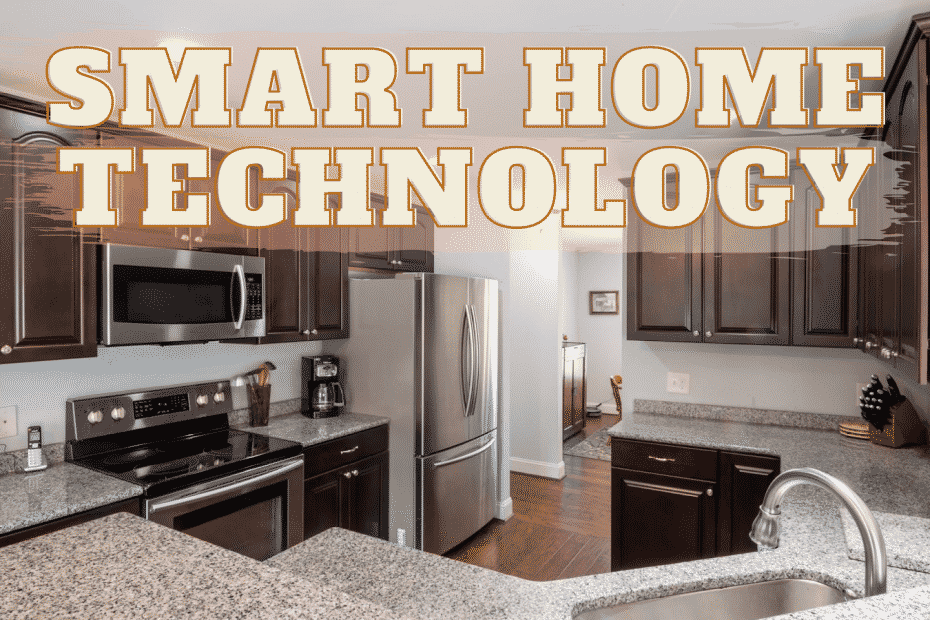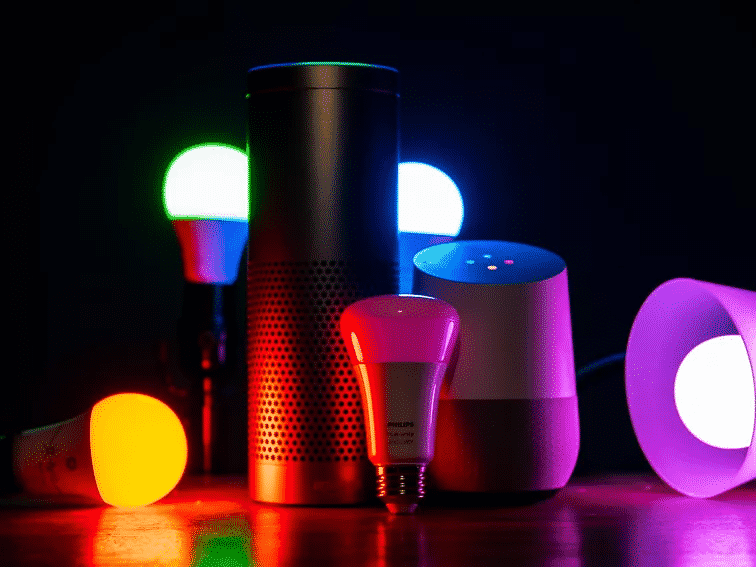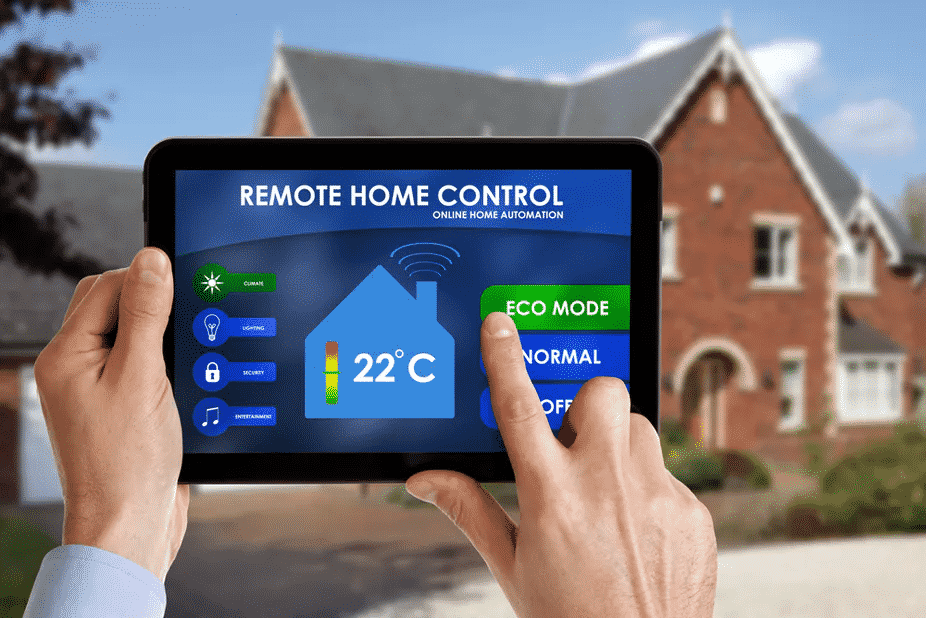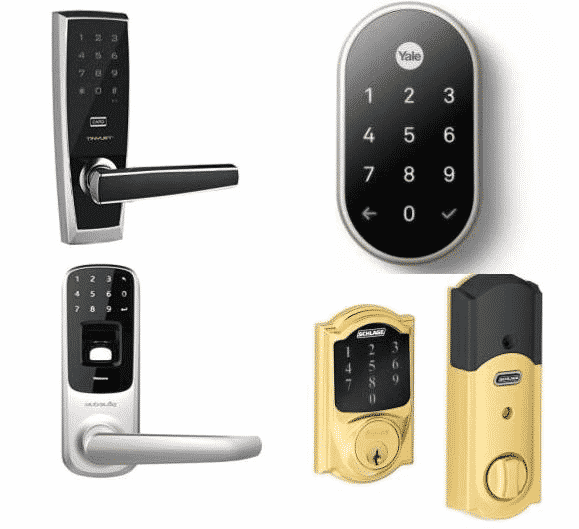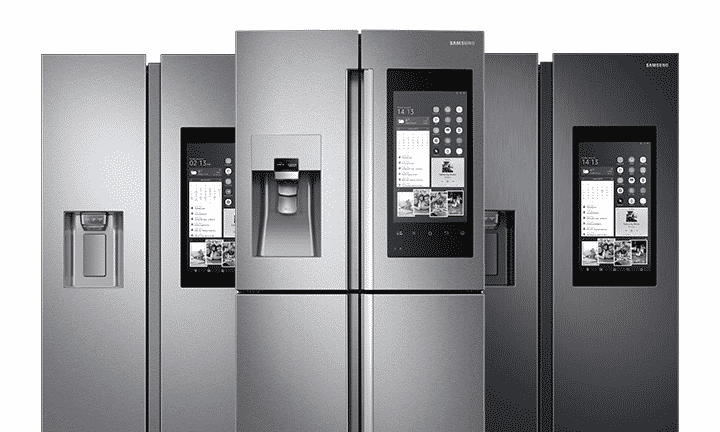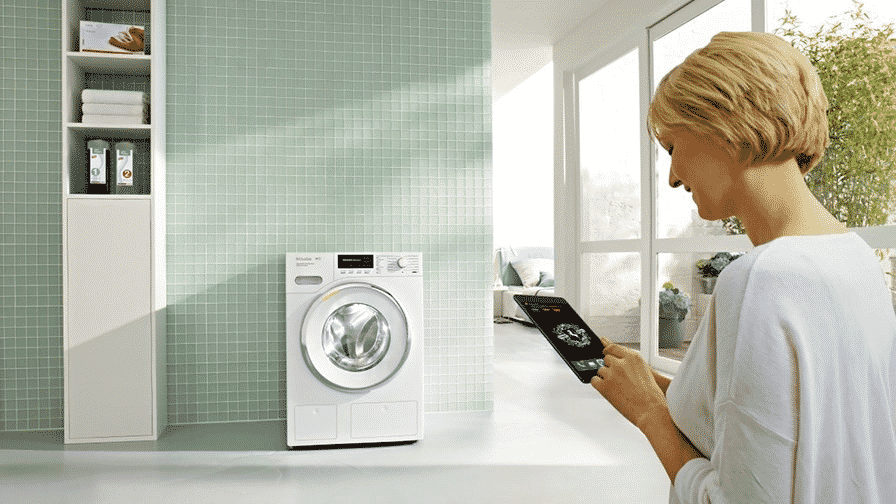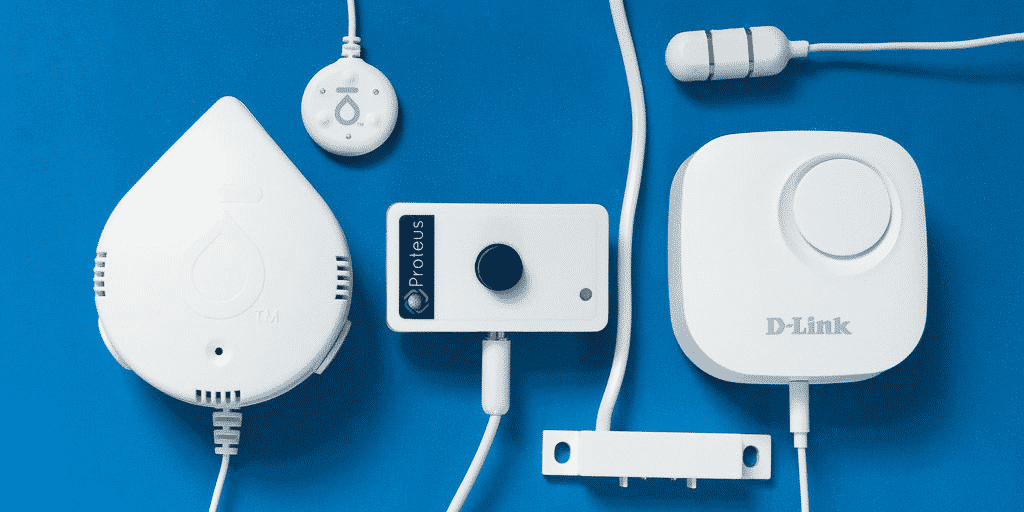Smart home technology or home automation uses high-tech devices wherein you can connect to a network, usually the local LAN or the internet. It can be observed, managed, and accessed remotely and offer services that answer the recognized needs of the consumers. It represents the Self-Monitoring Analysis and Reporting Technology. The technology firstly made by IBM and called Predictive failure analysis. The very first smart home technology products were introduced to consumers in 1998.
Smart home technology lets consumers manage and keep an eye on their home devices remotely. It is made possible through intelligent home apps, phones, or other network devices. This new technology is more efficient while guaranteeing a more secure home. Not only that, but smart home technology also designed to help people’s health and wellness, especially for those who have special needs or older people.
Smart home technology is not limited to home-use. It also used to create Smart Cities. An intelligent city operates just like a smart home, wherein systems are managed to control the towns with lesser cost more effectively.
Here are some of the household device made by smart home technology:
Wireless Speaker Systems or Smart Speakers
It is a type of speaker that works through Wifi connection and voice command. This wireless speaker system can usually be managed through an application or home automation software. It offers hands-free activation that also includes a screen to display a visual response.
Thermostats
Through this smart device, you will be able to manage your home’s temperature using your mobile phone or any internet-connected device. It has a scheduling feature wherein you can set the right temperature to a room, especially when it is unoccupied. Thermostats will save money and energy.
Home Security & Monitoring Systems
As time goes by, home security is becoming more advanced. Home security & monitoring systems already include infrared detectors, automatic alarm sound, window sensors, connectivity with Google and Alexa, and HD recordings. This high-tech security system will execute a useful task when your home is in danger. It will notify you right away when an actual emergency happens. Some home security & monitoring systems will inform emergency response personnel on what’s happening too.
Domestic Robots
These robots are getting advanced and are commonly used for household chores. Moreover, it can also be used for therapy, entertainment even for education. The prime advantage of domestic robots is it will make its owner’s life more comfortable and will give them more time to spend on other essential tasks.
Smoke/CO Detectors
This enhanced smoke detectors not just simply detect smoke and carbon monoxide or sound the alarm, but it also sends you a warning even you are not at home. It is possible as this smart device will notify you through your smartphone, tablet, or computer.
Lighting
Smart lighting is a lighting technology that aims to give consumers energy efficiency, convenience, and security. It features automated controls that make light adjustments way easier. Additionally, it adds beauty to a place. You can also schedule its lighting levels. You can set it into bright and energizing when energy levels usually dragged down and relaxing and cooling tone during tiring days.
Home Energy Use Monitors
Smart energy monitors feature a real-time update of electricity consumption. It also allows users to be updated by using an internet-connected display. Some home energy monitors can notify you when energy usage will cost you the most.
Door Locks
Smart door locks are one of the most in-demand parts of smart homes. Installation is so easy, plus you can control it even in the distance through your smartphone. You can also monitor who leaves and enters your house while you are not at home.
Refrigerators
A smart refrigerator has a big display wherein you can see what’s inside, send and receive notes, calendar, and look up recipes. You can even watch TV or play music on a smart refrigerator. It also has a helpful feature wherein it will send a notification to your phone if its door has been left open and so on.
Laundry Machines
Smart laundry machines adopted the popularity of mobile in the 21st century. Far different from the traditional washing machine, it can be connected to your internet. Therefore you can manage it conveniently using its phone app via Google Assistant of Alexa.
Water Detectors
You can place smart water detectors to places that are at risk of leaks likes bathrooms, laundry area, or in water heaters. This must-have will keep you notified when there’s an issue detected. It also can shut off valves to avoid significant damage automatically.
Wireless speaker systems are commonly used in United States homes as of 2015. Seventeen percent of people in the US possess one or more of it. Smart thermostats owned by 11 percent of people in the US that is considered the second most famous product of smart home technology.
National Association of Home Builders’ data from a 2012 consumer report has a result showing the top five smart home devices homeowners wants for their home:
- Wireless security systems (50% )
- Programmable thermostat (47%)
- Security cameras (40%
- Lighting control systems (39%)
- Wireless home audio systems (39%)
- Home theater systems (37%) and multi-zone HVAC systems (37%)
Industry forecast anticipates that North American home will possess 13 smart devices in their home in 2021.
Weak Points of Smart Home Technology:
In October 206, Smart home technology was used to conduct a denial-of-service attack (DDoS), a cyberattack in which someone makes a device or network unavailable by interrupting the services of a host connected to the internet. Therefore, it resulted in security breaches. Hackers aimed at unsecured smart home devices and putting them malicious code to create a botnet and attack. A study showed that 15% or more home routers are not safe to cyberattacks because of weak or default passwords. There are 13 billion interconnected electronic and digital devices worldwide, and the DDoS attack last October 2016 means that even a small percentage of unsecured devices will make a destructive effect.
